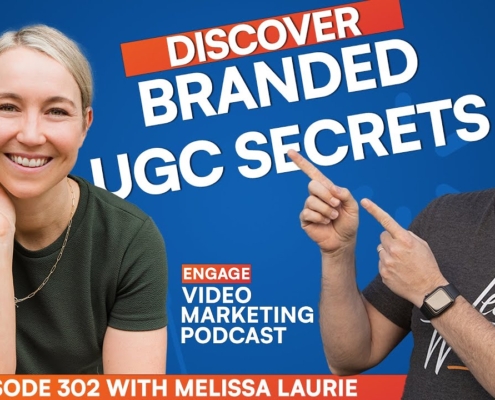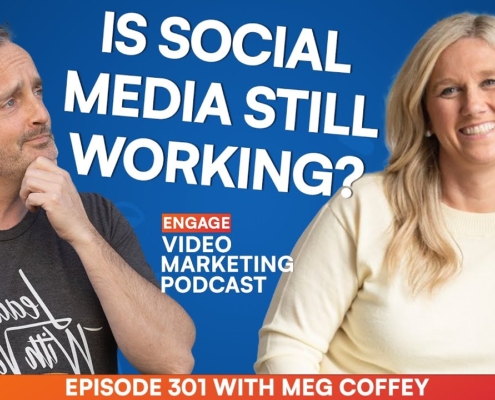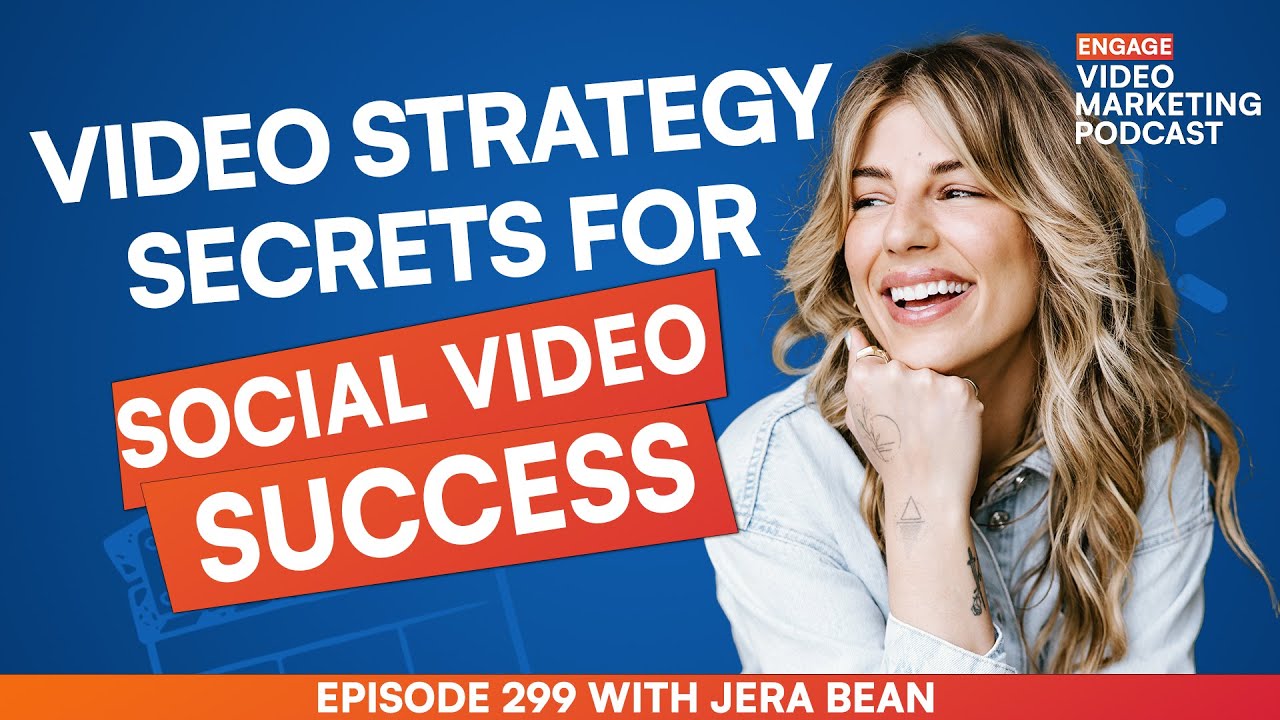 https://innovatemedia.com.au/wp-content/uploads/2024/08/with-title-Why-Your-Business-Needs-an-AI-Policy.jpg
1080
1920
Matesse Wood
https://innovatemedia.com.au/wp-content/uploads/2021/12/innovate_media_logo-black.png
Matesse Wood2024-08-26 15:16:462024-08-27 11:10:05Why Your Business Needs an AI Policy and How to Write It
https://innovatemedia.com.au/wp-content/uploads/2024/08/with-title-Why-Your-Business-Needs-an-AI-Policy.jpg
1080
1920
Matesse Wood
https://innovatemedia.com.au/wp-content/uploads/2021/12/innovate_media_logo-black.png
Matesse Wood2024-08-26 15:16:462024-08-27 11:10:05Why Your Business Needs an AI Policy and How to Write It…and avoid Tacticitus
Video marketing in 2023 is becoming more and more accessible but it is also becoming more complex than ever before and results in confusion. The array of choices for DIY marketers on the available video posting platforms and video tools can be overwhelming and oftentimes result in inaction. A defined Video Marketing Strategy will help you focus.
The problem we find is all about perspective and the failure to see the big picture simply because DIY marketers are too bogged down in trying to understand the details or learning to use the tools they have.
What is Tacticitus?
Tacticitus is what I call the unfortunate state in digital marketing in which one is seemingly stuck in the implementation and optimisation of activities on a variety of digital tools and platforms but is unable to step back and evaluate the overall goals or strategy for said activities.
The sad truth is many DIY marketers are suffering from this ailment, making the mistake of implementing tactic after tactic without a clear understanding of the strategy. It is like going on a hiking trail without a clear map on hand and as a result, you will ultimately get lost and will never reach your goal. As Brian Tracy said “A genius without a roadmap will get lost in any country”.
The Roadmap for Your Video Marketing
Having a roadmap for video marketing strategy designed for your business is commonly overlooked,especially when it comes to social media platforms and this is commonly the breeding ground for Tacticitus. The good thing is it is never too late and treatment is readily available by developing your own documented video strategy plan.
4 Steps for an Effective Video Marketing Strategy
Creating your very own video marketing strategy involves 4 simple steps which I will break down one by one.
Step 1: Set Your Goals
All marketing activities should have a clear goal. Having goals in your video strategy serves as your guide in your marketing efforts. Consider it as your BHAG – Big Hairy Audacious Goal. This might be a business growth goal, a revenue goal, an influence goal or something else that will really show a difference for you and your business.
From your BHAG, you can then break it down to your top three marketing goals and this will be:
- Increase brand awareness
- Drive more engagement
- Convert more sales
As you identify your top three marketing goals, you may discover that your business is already stronger in one area than the other. This realisation will serve as your guide in focussing your marketing strategy into the areas and goals that require the most attention. It is important that as we move through the next three steps in your strategy, you’ll be able to refer back to your goals, ensuring that the decisions you make align with your goals and of course, your one big goal.
Step 2: Identify Your Audience
With your goals sorted, you now need to identify your target audience. Are you targeting the right market to reach your goals? Do you know your audience (or target market) better than they know themselves?
My favourite method to clarify your target market is to create some(no more than 3 or 4) detailed customer avatars. Your customer avatar specifically describes the ideal customer you wish to serve. For example,
- Their name
- Their demographic information (gender, age, location, income, employment etc)
- Their psychographic information (dreams, fears, desires etc)
- Their habits & processes (what technology they use, platforms they’re on, how they behave etc)
- How your business can help them & solve their problems
The moment you are clear on who your business serves and you understand their fears, desires, motivations and actions that lead them to buy from you, then this will be a powerful tool at your marketing disposal.
Step 3: Design Your Content Plan
The content you produce, and what you do with it should be driven by the first two steps in your strategy design. As you progress, regularly refer back to your goals and the insights you now have into the audience you are speaking to. There are two main points to centre your video content plan around;
Content
What your video(s) will be about, the style of production, duration, structure, methods of production and so on.
Distribution
What platforms will the content be shared on, networks to leverage, and your promotion and amplification strategy?
For an effective video marketing strategy, these two components are linked when it comes to the resulting content produced. The style, type, durations and production of the piece of content should be relevant to the intended distribution plan for the content.
Here’s a more specific explanation.
Assuming that based on a specific goal and a clear idea of your target audience, for one particular piece of content you have decided to use Instagram in your distribution plan. Your video content, therefore, should be produced natively for that platform. That means your video for an Instagram reel should be portrait format and no longer than 90 seconds.
On the other hand, if your strategy requires the production of content that requires a long form video training style then you’ll be wanting the distribution of that content to be primarily focussed on YouTube, Wistia or perhaps a Webinar Platform in horizontal 16:9.
Step 4: Measure & Analyse
Now that you have clearly set your goals, identified your target audience and mapped out your distribution strategy, the last important step is to measure and analyse the success of your strategy.
Peter Drucker is quoted saying, “You can’t manage what you don’t measure.” Managing and determining the success of your strategy comes down to fully understanding two key components;
- Metrics
- Analysis
For videos used in social media, you can easily measure everything from views, click rates, and viewer retention through to playback locations, ad revenue, viewer geographical data and everything in between. The importance of identifying the ‘metrics that matter’ for each particular campaign comes back, once again, to the goal, audience and content plan already established.
For example, if your goal for the content was to increase brand awareness within a particular market demographic then the metrics to pay attention to should be based on the number of the ‘right eyeballs’ that viewed your content. On the other hand, if your goal was to convert more online shop visitors into purchasers of a particular sale item then the video metrics to pay attention to should be click-throughs and $ value sold.
Proper understanding of the metrics and data will help you assess the success of each content piece or campaign. That will therefore allow you to make adjustments to your content to make it more engaging and ultimately lead to sales.
By following the four steps outlined above, and mapping out your online video strategy carefully before you roll camera you’ll be confident in creating an effective strategy to reach your intended goals, and hopefully stay well clear of the dreaded ‘Tacticitus’.
Innovate Media offers powerful brand story and client testimonial (case study) social media video marketing packages for businesses on the Sunshine Coast and across Australia. Check out these services we offer and see which suits your needs https://innovatemedia.com.au/video-marketing-services/











